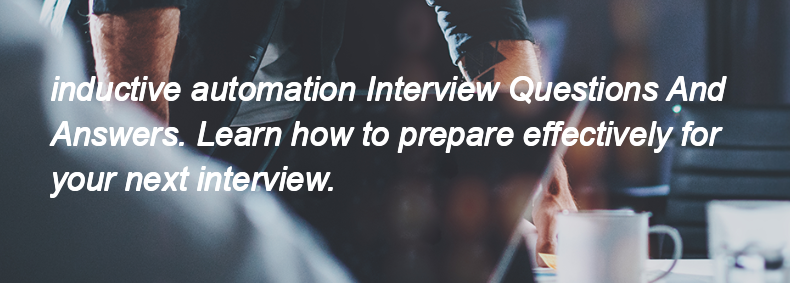Ques:- What is the purpose of ComSpec in AUTOSAR
Asked In :-
Spectra Medix India, Razorpay-Startup, Happiest Minds Technologies Pvt., Ray Business Technologies, OPENSPACE SERVICES, BillDesk, Isolve Technologies, PRIMUS Global Technologies, ANSR GLOBAL CORPORATION, AvenDATA GmbH,
Right Answer:
The purpose of ComSpec in AUTOSAR is to define the communication specifications for the software components, including the data types, communication patterns, and the interfaces used for exchanging messages between components.
The purpose of ComSpec in AUTOSAR is to define the communication specifications for the software components, including the data types, communication patterns, and the interfaces used for exchanging messages between components.

